
 De Havilland Sea Vixen (1967)
De Havilland Sea Vixen (1967)
1962-1975 650 manufactured
Development
(To come)Design

The De Havilland Sea Vixen is a British twin-engine, twin-boom, carrier-based fighter aircraft developed during the late 1950s. It was designed by the De Havilland Aircraft Company, primarily for service with the Royal Navy's Fleet Air Arm. The Sea Vixen was intended to provide fleet defense and strike capabilities. But it ended as one of the strangeest naval jets ever developed, a true confirmartion of funvtion over form.

The Sea Vixen had a distinctive twin-boom design with a swept wing configuration. It featured a tailless delta wing design, which was quite advanced for its time. Its primary role was as all-weather fleet defense interceptor. It was capable of carrying air-to-air missiles and air-to-surface missiles, making it versatile in both air defense and ground attack roles.
The Sea Vixen was powered by twin Rolls-Royce Avon turbojet engines, which provided it with sufficient power for its missions. These engines were located in the fuselage behind the cockpit. For Armament it was armed with a variety of weapons, including air-to-air missiles such as the de Havilland Firestreak and later the Hawker Siddeley Red Top, as well as air-to-surface missiles like rockets and bombs.
Operational History: The Sea Vixen entered service with the Royal Navy in 1959 and served until 1972. It saw action during various conflicts, including the Aden Emergency. Despite its advanced design and capabilities, it was eventually replaced the McDonnell Douglas Phantom II. The Sea Vixen remains significant in aviation history as one of the last and most advanced British carrier-based fighters. Its unique design and capabilities make it a notable aircraft in the annals of military aviation. While no longer in active service, a few Sea Vixens have been preserved and can be seen in museums or as part of private collections. These serve as reminders of the aircraft's contribution to British naval aviation.

Specifications | |
| Crew: | 2: Pilot, Navigator/radar/weapon operator |
| Dimensions: | 55 ft 7 in x 10 ft 9 in x 51 ft (16.94 x 3.28 x 15.54 m) |
| Wing area: | 648 sq ft (60.2 m2) |
| Airfoil: | EC1040 |
| Weight: Light/Gross | 27,950 lb (12,678 kg)/41,575 lb (18,858 kg) |
| Max TO weight: | 46,750 lb (21,205 kg) |
| Propulsion: | 2× RR Avon 208 turbojet engines 11,000 lbf (49 kN) thrust each |
| Performances: | 690 mph (1,110 km/h, 600 kn) - Mach 0.91 |
| Service ceiling: | 48,000 ft (15,000 m) |
| Rate of climb: | 9,000 ft/min (46 m/s) |
| Range: | 790 mi (1,270 km, 690 nmi) on internals |
| Armament | 6 Hardpoints, rockets, bombs, Firestreak AAM, Bullpup AAG, Red Bard Nbomb |
| Avionics: | GEC AI.18 Air Interception radar |
Gallery

FAW.2, 893 NAS Victorious 1958

FAW.2 FAA 899 Sqn HMS Eagle 1974
(More to come)
Sources
uk.airfix.com
www.flying-tigers.co.uk
on-target-aviation.com
- Lohner E (1913)
- Macchi M3 (1916)
- Macchi M5 (1918)
- Ansaldo ISVA (1918)
- Sopwith Baby (1916)
- Short 184 (1916)
- Fairey Campania (1917)
- Sopwith Cuckoo (1917)
- Felixstowe F.2 (1917)
- Friedrichshafen FF 33 (1916)
- Albatros W4 (1916)
- Albatros W8 (1918)
- Hanriot HD.2
- Grigorovitch M5
- IJN Farman MF.7
- IJN Yokosho Type Mo
- Yokosho Rogou Kougata (1917)
- Yokosuka Igo-Ko (1920)
- Curtiss N9 (1916)
- Aeromarine 39
- Vought VE-7
- Douglas DT (1921)
- Boeing FB.5 (1923)
- Boeing F4B (1928)
- Vought O2U/O3U Corsair (1928)
- Blackburn Blackburn (1922)
- Supermarine Seagull (1922)
- Blackburn Ripon (1926)
- Fairey IIIF (1927)
- Fairey Seal (1930)
- LGL-32 C.1 (1927)
- Caspar U1 (1921)
- Dornier Do J Wal (1922)
- Rohrbach R-III (1924)
- Mitsubishi 1MF (1923)
- Mitsubishi B1M (1923)
- Yokosuka E1Y (1923)
- Nakajima A1N (1927)
- Nakajima E2N (1927)
- Mitsubishi B2M (1927)
- Nakajima A4N (1929)
- CANT 18
WW1
✠ K.u.K. Seefliegerkorps:
 Italian Naval Aviation
Italian Naval Aviation
 RNAS
RNAS
 Marineflieger
Marineflieger
 French Naval Aviation
French Naval Aviation
 Russian Naval Aviation
Russian Naval Aviation
 IJN Air Service
IJN Air Service
 USA
USA
Interwar
 Interwar US
Interwar US
 Interwar Britain
Interwar Britain
 Interwar France
Interwar France
 Interwar Germany
Interwar Germany
 Interwar Japan
Interwar Japan
 Interwar Italy
Interwar Italy
- Curtiss SOC seagull (1934)
- Grumman FF (1931)
- Curtiss F11C Goshawk (1932)
- Grumman F2F (1933)
- Grumman F3F (1935)
- Northrop BT-1 (1935)
- Grumman J2F Duck (1936)
- Consolidated PBY Catalina (1935)
- Brewster/NAF SBN-1 (1936)
- Curtiss SBC Helldiver (1936)
- Vought SB2U Vindicator (1936)
- Brewster F2A Buffalo (1937)
- Douglas TBD Devastator (1937)
- Vought Kingfisher (1938)
- Curtiss SO3C Seamew (1939)
- Douglas SBD Dauntless (1939)
- Grumman F4F Wildcat (1940)
- F4U Corsair (NE) (1940)
- Brewster SB2A Buccaneer (1941)
- Grumman TBF/TBM Avenger (1941)
- Consolidated TBY Sea Wolf (1941)
- Grumman F6F Hellcat (1942)
- Curtiss SB2C Helldiver (1942)
- Curtiss SC Seahawk (1944)
- Grumman F8F Bearcat (1944)
- Ryan FR-1 Fireball (1944)
- Douglas AD-1 Skyraider (1945)
Fleet Air Arm
- Fairey Swordfish (1934)
- Blackburn Shark (1934)
- Supermarine Walrus (1936)
- Fairey Seafox (1936)
- Blackburn Skua (1937)
- Short Sunderland (1937)
- Blackburn Roc (1938)
- Fairey Albacore (1940)
- Fairey Fulmar (1940)
- Grumman Martlet (1941)
- Hawker sea Hurricane (1941)
- Brewster Bermuda (1942)
- Fairey Barracuda (1943)
- Fairey Firefly (1943)
- Grumman Tarpon (1943)
- Grumman Gannet (1943)
- Supermarine seafire (1943)
- Blackburn Firebrand (1944)
- Hawker Sea Fury (1944)
IJN aviation
- Aichi D1A "Susie" (1934)
- Mitsubishi A5M "Claude" (1935)
- Nakajima A4N (1935)
- Yokosuka B4Y "Jean" (1935)
- Mitsubishi G3M "Nell" (1935)
- Nakajima E8N "Dave" (1935)
- Kawanishi E7K "Alf" (1935)
- Nakajima B5N "Kate" (1937)
- Kawanishi H6K "Mavis" (1938)
- Aichi D3A "Val" (1940)
- Mitsubishi A6M "zeke" (1940)
- Nakajima E14Y "Glen" (1941)
- Nakajima B6N "Jill" (1941)
- Mitsubishi F1M "pete" (1941)
- Aichi E13A Reisu "Jake" (1941)
- Kawanishi E15K Shiun "Norm" (1941)
- Nakajima C6N Saiun "Myrt" (1942)
- Yokosuka D4Y "Judy" (1942)
- Kyushu Q1W Tokai "Lorna" (1944)
Luftwaffe
- Arado 196 (1937)
- Me109 T (1938)
- Blohm & Voss 138 Seedrache (1940)
Italian Aviation
- Savoia-Marchetti S.55
- IMAM Ro.43/44
- CANT Z.501 Gabbiano
- CANT Z.506 Airone
- CANT Z.508
- CANT Z.511
French Aeronavale
- GL.300 (1926-39)
- Levasseur PL.5 (1927)
- Potez 452 (1935)
- Loire 210 (1936)
- Loire 130 (1937)
- LN 401 (1938)
Soviet Naval Aviation
- Shavrov SH-2 (1928)
- Tupolev TB-1P (1931)
- Beriev MBR-2 (1930)
- Tupolev MR-6 (1933)
- Tupolev MTB-1 (1934)
- Beriev Be-2 (1936)
- Polikarpov I16 naval (1936)
- Tupolev MTB-2 (1937)
- Ilyushine DB-3T/TP (1937)
- Beriev Be-4 (1940)
-
Skoda Š-328V
R-XIII Idro
Fokker C.XI W (1934)
WW2
- De Havilland Sea Vixen
- Hawker Sea Hawk
- Supermarine Scimitar
- Blackburn Buccaneer
- Hawker Sea Harrier
- Douglas A4 Skyhawk
- Grumman F9F Panther
- Vought F8 Crusader
- McDonnell-Douglas F-4 Phantom-II
- North Am. A5 Vigilante
- TU-142
- Yak 38 forger
☢ Cold War
✧ NATO
 Fleet Air Arm
Fleet Air Arm
 US Navy
US Navy
☭ Warsaw Pact
Merch
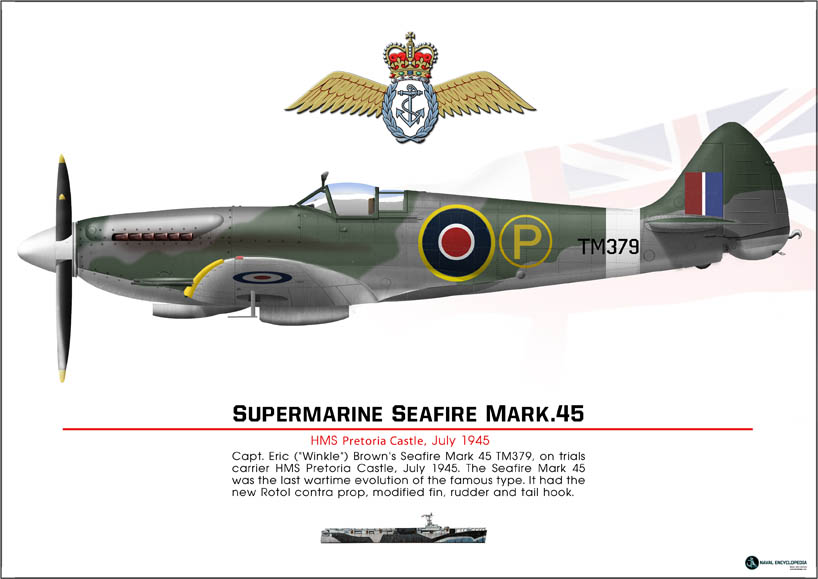
Seafire Mark 45; HMS Pretoria Castle
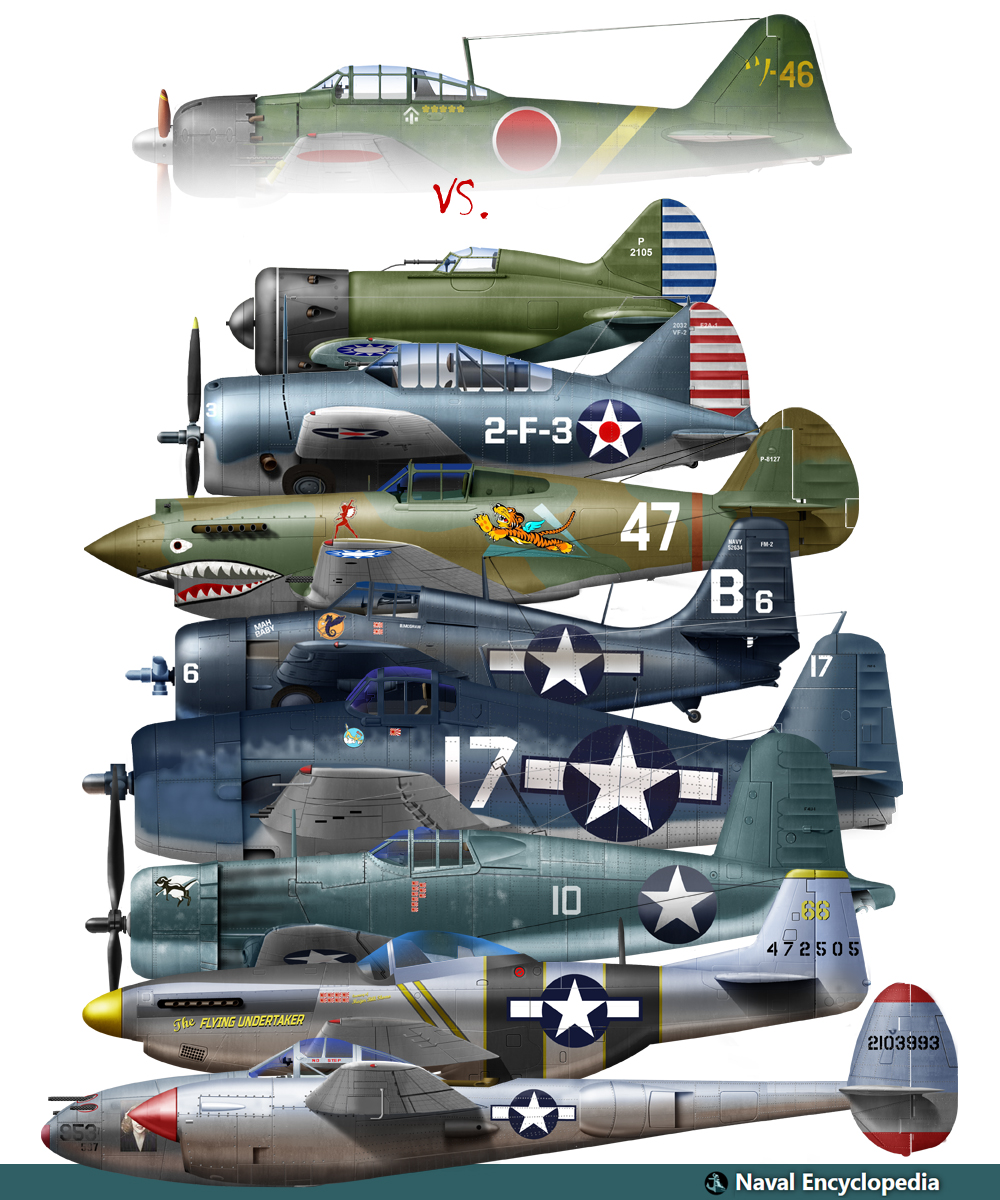
Zeros vs its aversaries
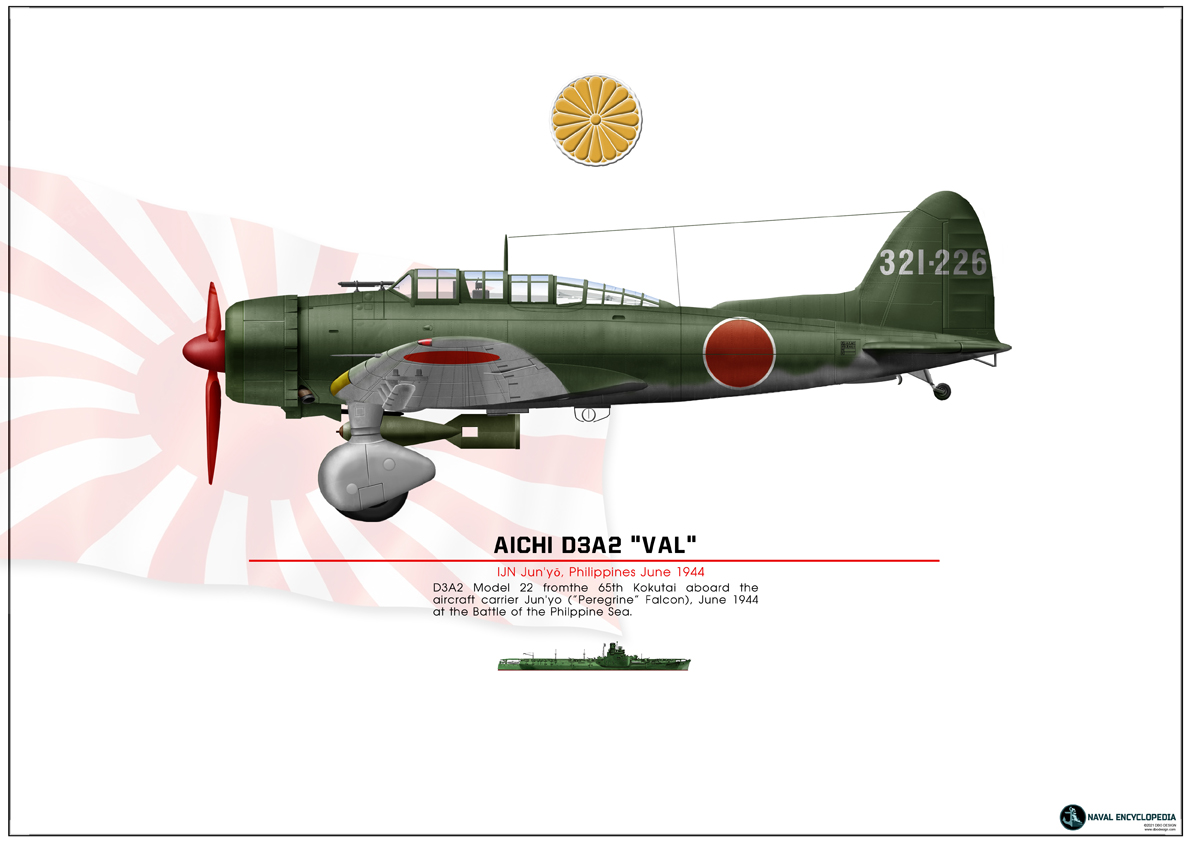
Aichi D3A “Val” Junyo
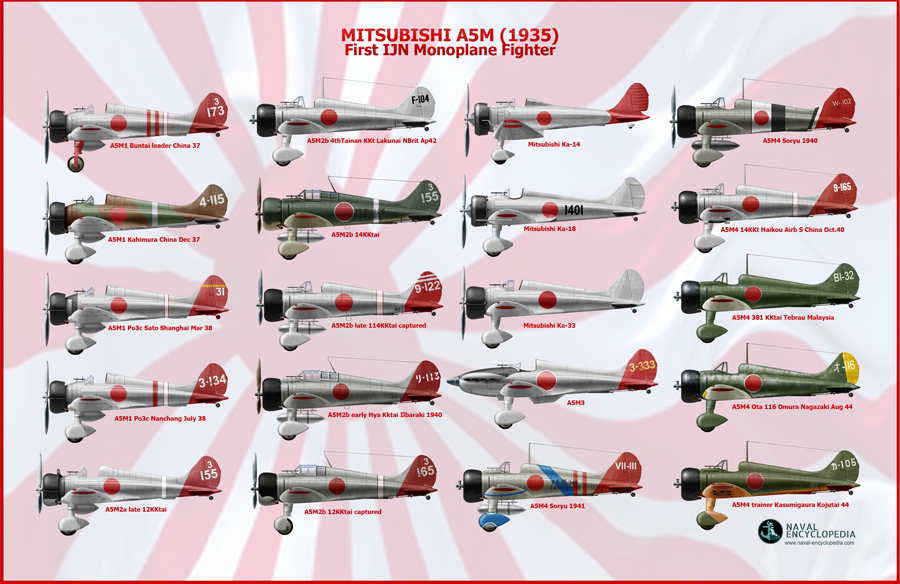
Mitsubishi A5M poster
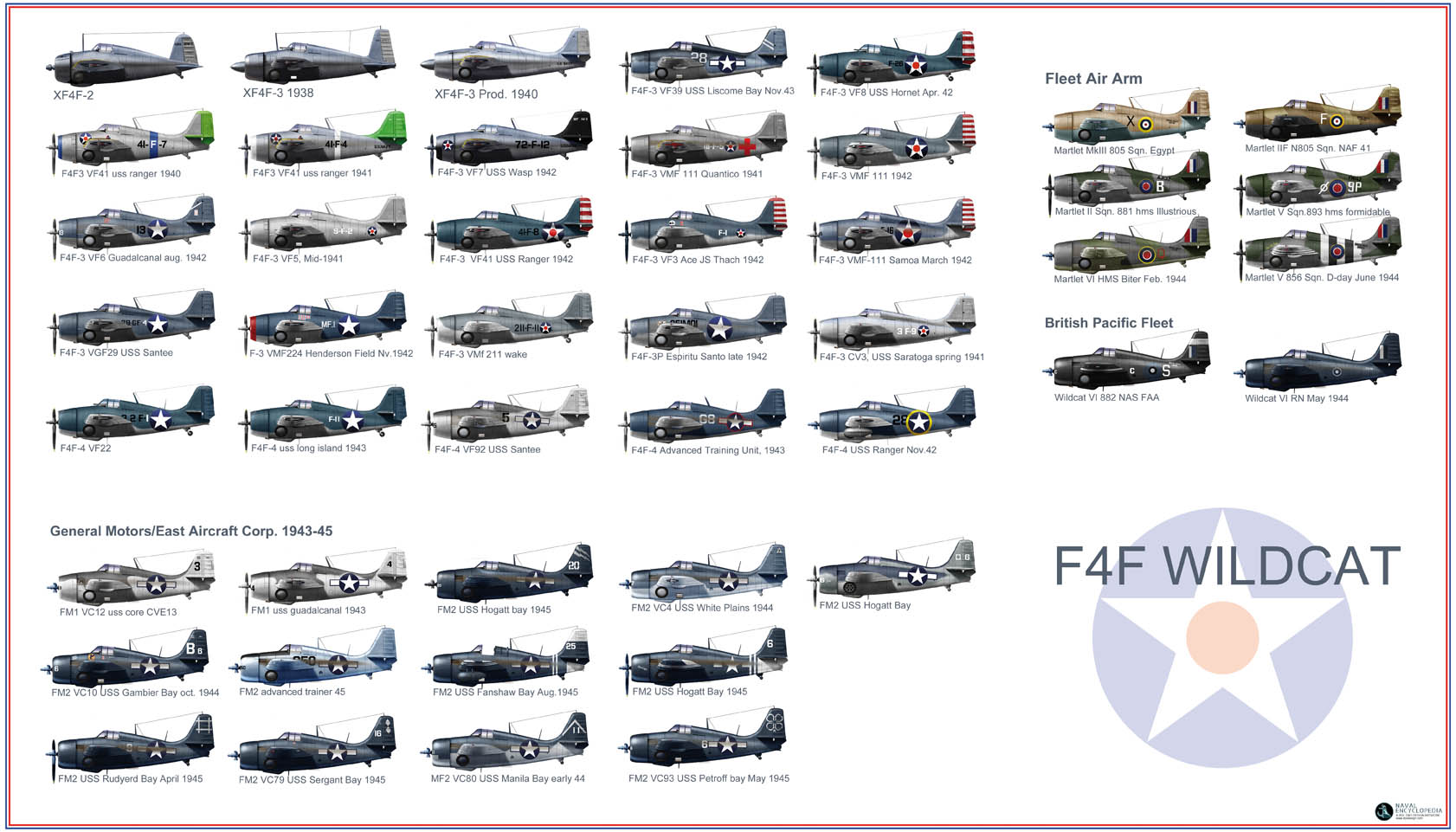
F4F wildcat
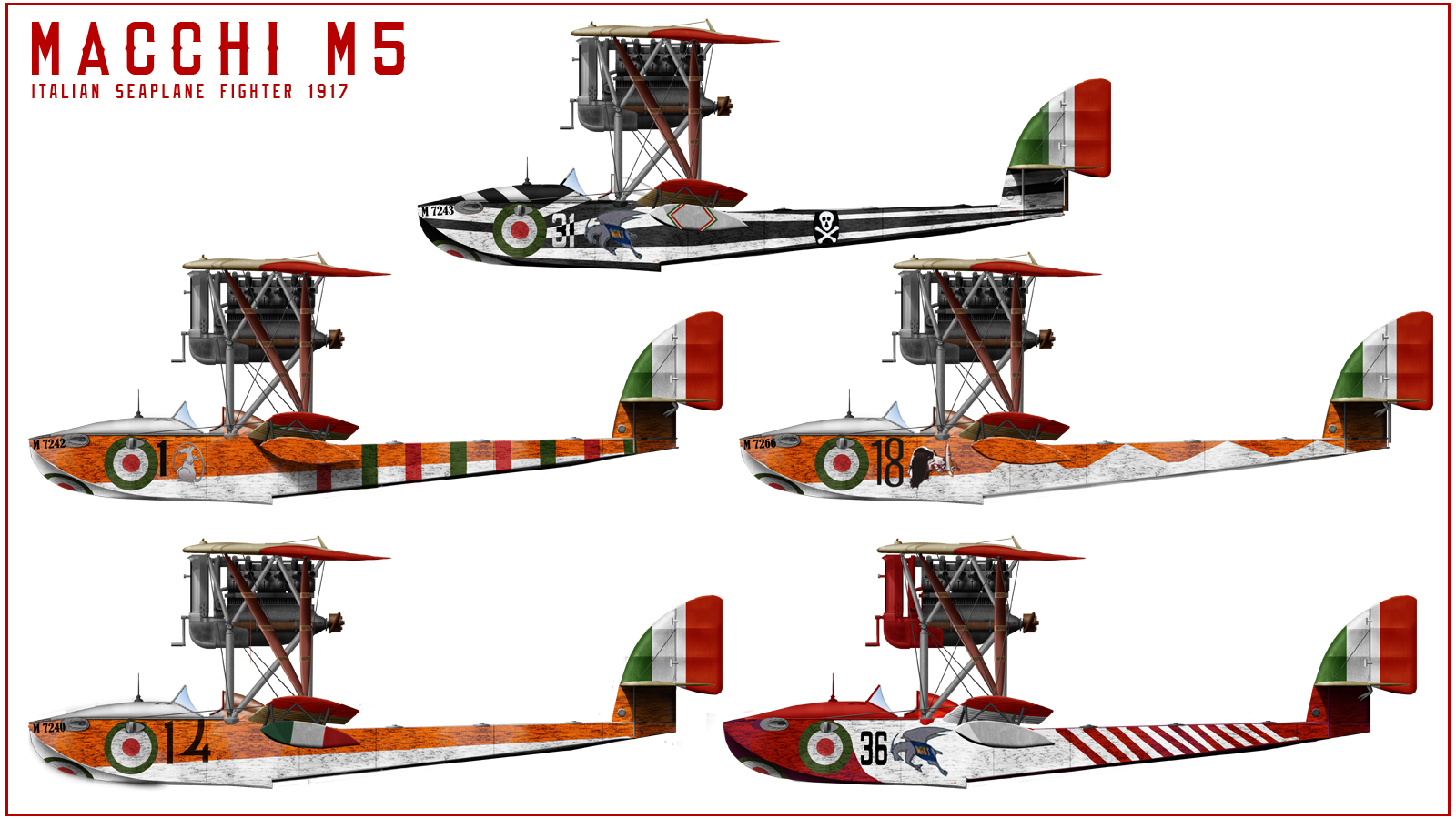
Macchi M5
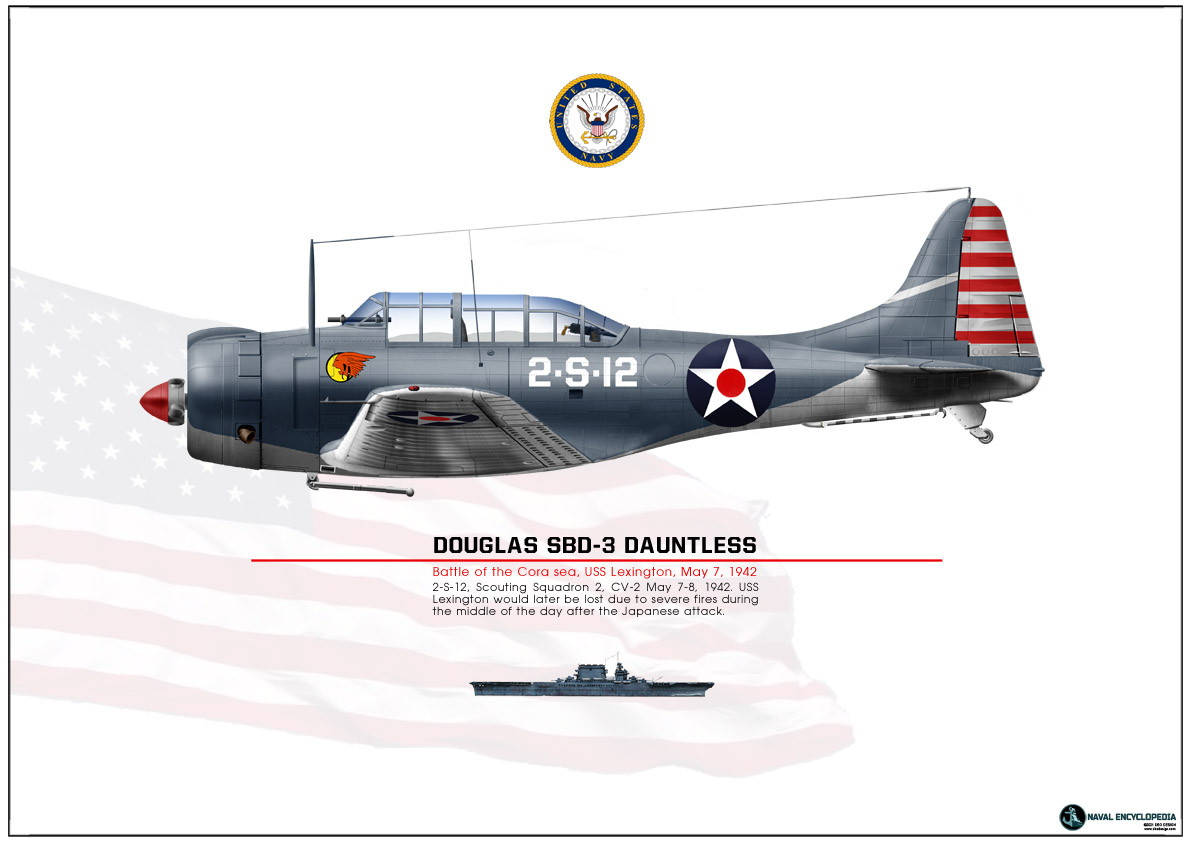
SBD Dauntless Coral Sea
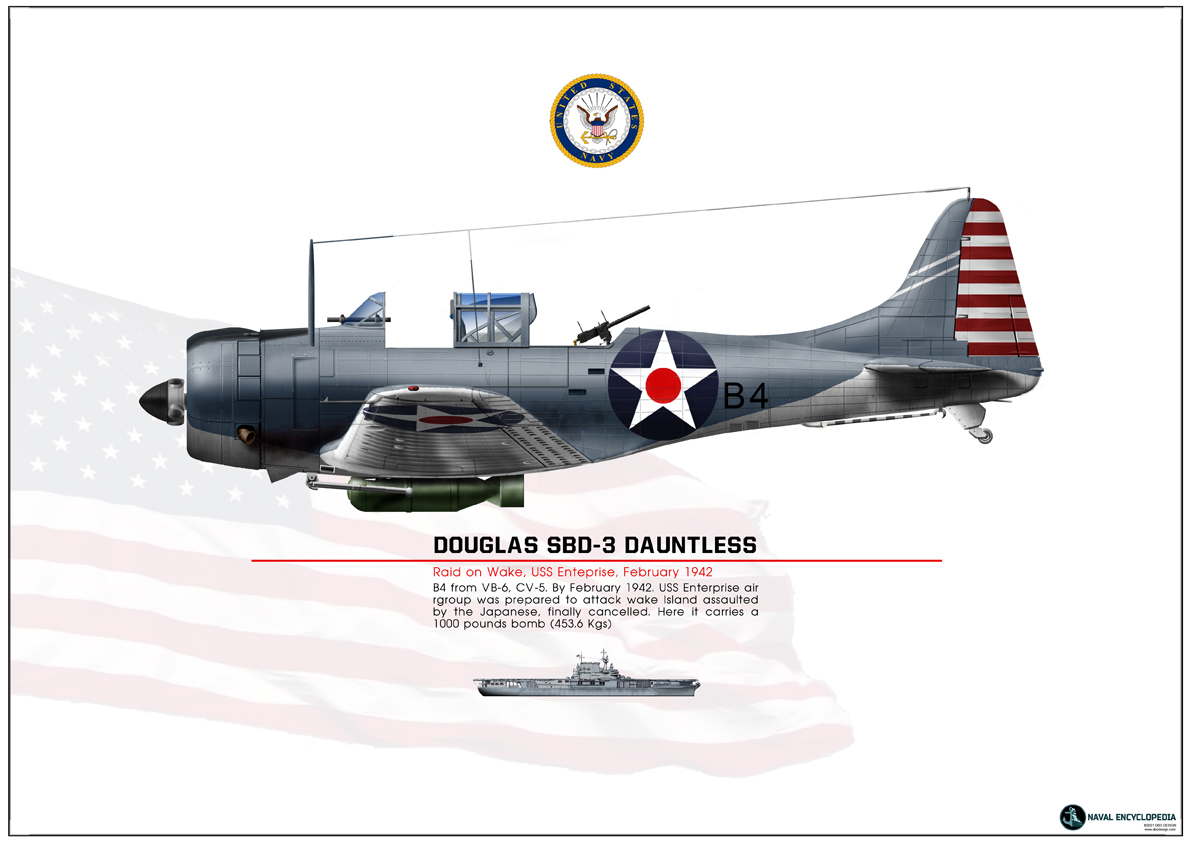
SBD Dauntless USS Enterprise
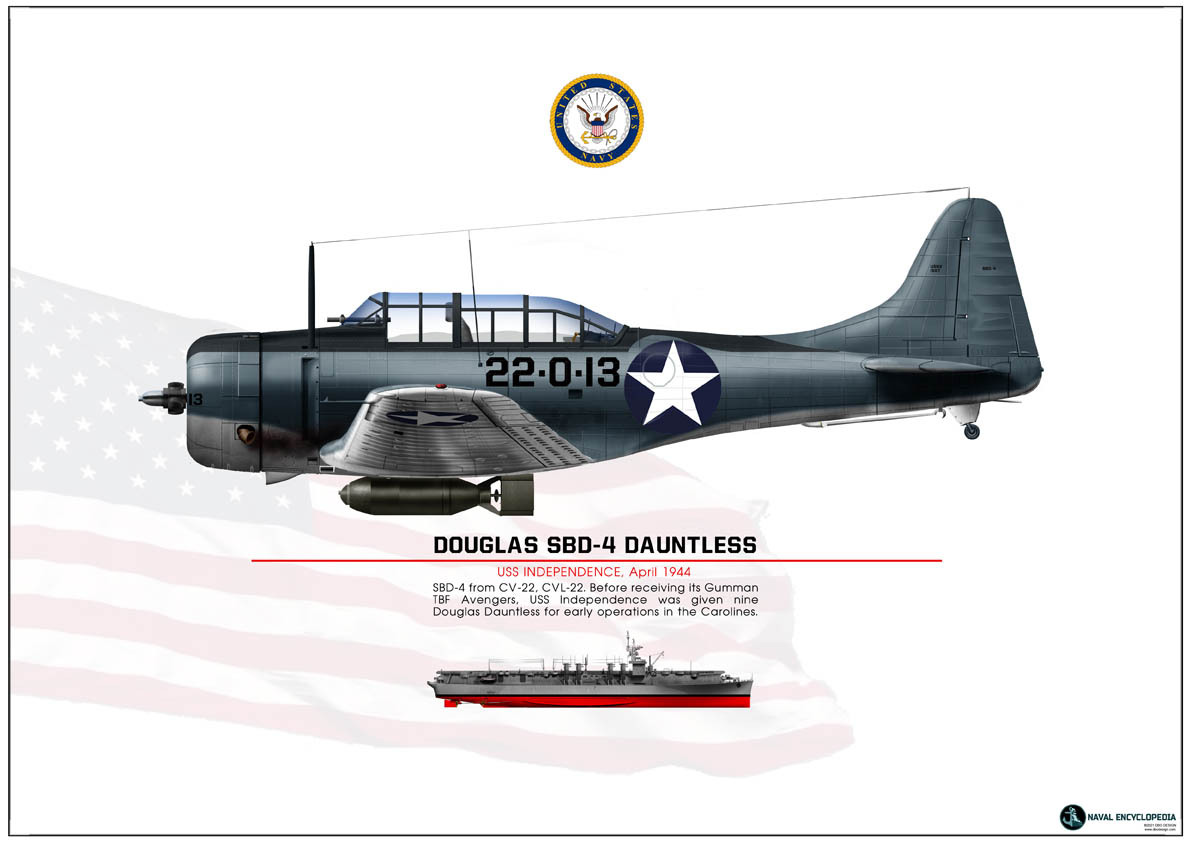
SBD-4 CV22